What are studio monitors? How do they differ from regular speakers? What are their pros and cons?
Studio monitors are high-quality loudspeakers designed specifically for recording studios.

They are usually larger than normal speakers and come equipped with multiple drivers. Studio monitors are often used for mixing music or audio production.
You should always invest in good-quality headphones and speakers. If you want to get the best sound possible, you should invest in studio monitors.
Home Speakers Vs. Studio Monitors
The difference between home speakers and studio monitors is that studio monitors have more features and higher-quality components.
Home speakers will work fine if you just need a set of speakers to listen to your favorite songs at home.
However, if you’re looking for something better, then it’s time to upgrade to studio monitors.
Pros Of Using Studio Monitors
There are many benefits to using studio monitors over typical speakers. Here are some of them:
Better Sound Quality
When you use studio monitors, you’ll notice that they produce much clearer sounds than standard speakers.
This means that you can hear every detail in your music.
You won’t be able to tell the difference between a song recorded on a cheap speaker and one recorded on a professional monitor system.
More Features
Some studio monitors include things like built-in effects processors, equalizers, and other cool features. These features make your life easier when you record music.
For example, an effect processor lets you adjust the volume level of different instruments without stopping what you’re doing.
An equalizer can help you create a specific tone for each instrument.
Lower Costs
If you buy studio monitors instead of buying new speakers for your home, you’ll save money.
Most of these systems cost around $1000.
This is less than half the price of a pair of decent speakers.
Easier To Maintain
If you decide to go with studio monitors, you don’t have to worry about replacing parts as often.
The only thing you might have to replace is the woofer cone.
Higher Durability
Because studio monitors are made to withstand extreme conditions, they tend to last longer than most speakers.
When you keep them clean, you can expect them to perform well for years.
Less Noise
Because studio monitors are designed to handle loud environments, they tend to produce less noise than regular speakers.
If you’re trying to record vocals, this makes them ideal.
Easy Installation
Most studio monitors are easy to install. All you need to do is plug them into an electrical outlet.
Some models even feature pre-installed cables so you don’t have to mess with those.
How Can You Install Studio Monitors?

Installing studio monitors isn’t hard. In fact, it takes about 15 minutes.
It doesn’t require any special tools either. All you need to know how to do is follow the instructions below.
Step 1: Find Your Speaker Placement
Before you start installing your speakers, you first need to find out where you want them to be placed. There are two main options: near or far from the source.
Near Source
If you place your speakers near the source, you’ll get a wider soundstage. This means that you’ll be able to hear all of the instruments in your recording.
Far Source
If you choose to put your speakers farther away from the source, you’ll end up with a narrower soundstage. This will mean that you won’t be able to hear everything clearly.
You should also consider whether you want to place your speakers left or right.
Left speakers usually give you more bass while right speakers offer better treble.
Step 2: Connect Speakers
Once you’ve determined which direction you want your speakers to face, connect them using the included cable.
Make sure that you match the red wire to the positive terminal and the black wire to the negative terminal.
Step 3: Plug In Power Supply
Now that you’ve connected your speakers, you need to plug in your power supply. You can use a separate one if you prefer. However, most people just use their existing wall sockets.
Step 4: Turn On Speaker System
After connecting your speaker system, turn on your amplifier. Once you do this, you’re ready to enjoy your new setup!
Where Is The Best Place For Studio Monitors?
There’s no “best” location for your speakers. They can work anywhere. As long as you have enough space, you should be fine.
However, there are some places that have a lot of advantages over others. Here are three locations that you may want to consider:
Near A Window
When you play music through your speakers, you’ll notice that the sound seems clearer when you listen to it through a window. This is because windows let in more light than walls.
Behind An Acoustic Treatment
When you play music behind the acoustic treatment, you’ll notice that it sounds much louder.
This is because the treatment absorbs some of the sound waves before they reach your ears.
At The Back Of Your Recording Room
At the back of your room, you’ll be able to create a larger soundstage. This is because you’ll be able to pick up more of the surrounding area.
What Are The Different Types Of Studio Monitors?
Studio monitors come in many different shapes and sizes. You can choose between bookshelf speakers, floor-standing speakers, and tower speakers.
Each type has its own pros and cons. Below we go into detail about each type.
Bookshelves
These types of speakers are great for smaller rooms. Because they’re small, they don’t take up too much space.
Floor Standing
Floor-standing speakers are great for large rooms. These speakers are often used by bands and DJs. Their size makes them easy to move around.
Tower
Towers are best suited for studios with very large spaces.
Our Final Say
We hope that our guide to studio monitors has helped you decide which are the best for your needs, as well as how you can install your studio monitors.



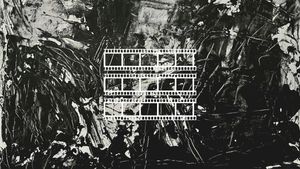
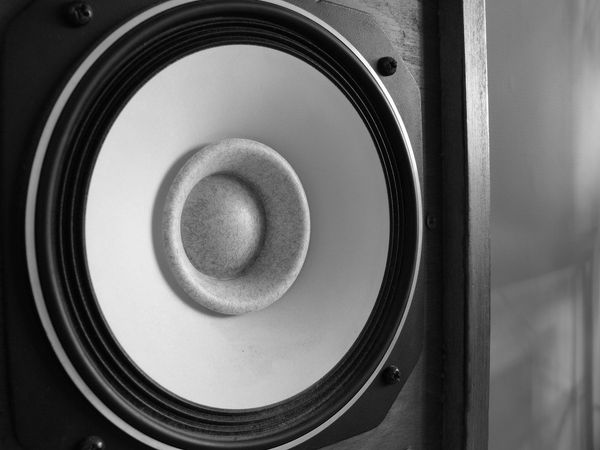

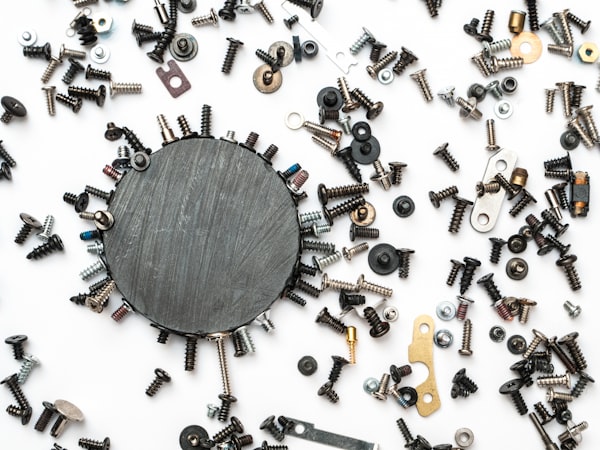
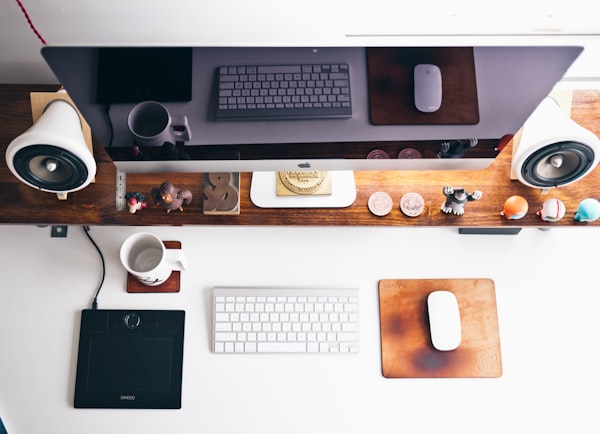
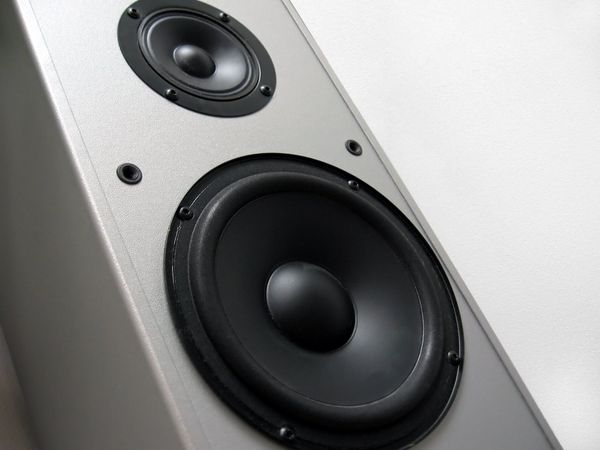
Member discussion